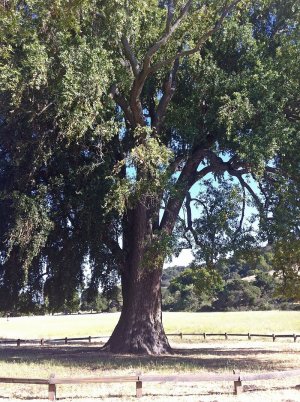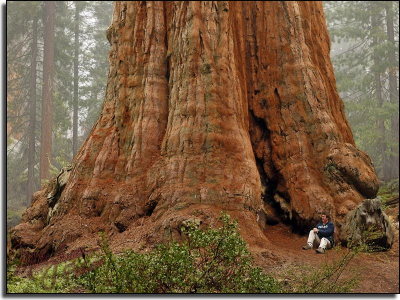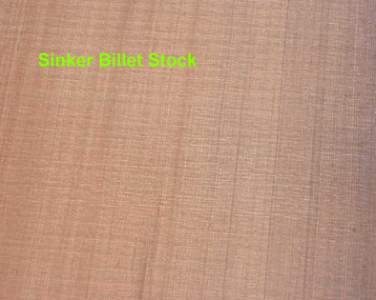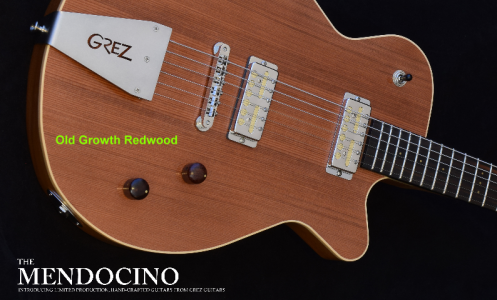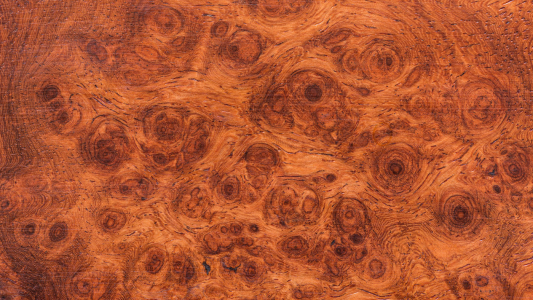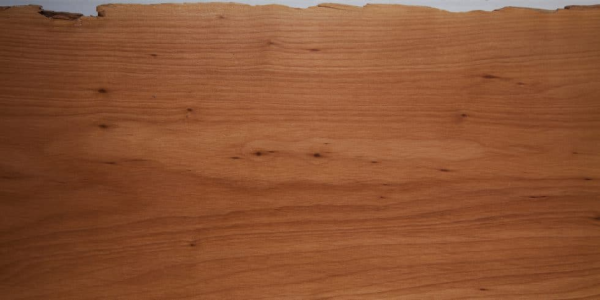There are 2 sorts of wood used for modelling (simplifying!)
First is 'anything' dimensionally stable for making inner hulls and so forth
second is 'show wood' - all those surfaces that can be seen by a viewer with his/her hand lens.
Mostly, we're concerned with show wood, and like water, the grain of timber can't be scaled, so where the original may be using something showy, we have to find a wood with 1/48 size grain, or whatever, so tight grain timber like boxwood, many fruitwoods, hardwoods generally, ar the things to go for. Even planking needs to use a tight grain timber to simulate an original that was open grained.
Take a saw, cut yourself some chunks of your tree - over long, because you will get some shakes (splits) - cut them to about 1 inch thickness, then take some ½ inch square dry material and pile up your new wood as a stack, separating each plank with the sticks to allow air to circulate. Put the stack into a place under cover from rain, off the ground, but open to air movement, heap some weight on top to keep the planks flat, and leave it for at least a year, then set about converting to usable ship modelling dimensions, selecting according to colour, grain, etc.
Jim







